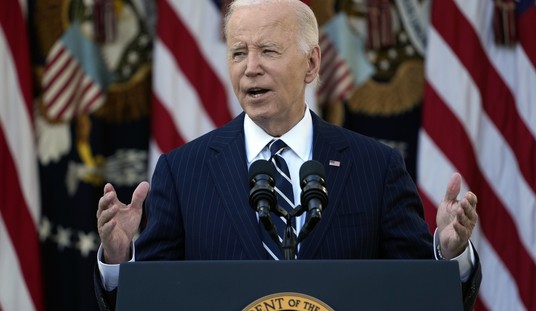The Department of Homeland Security is eliminating barriers enacted by environment groups to speed fence construction along the Southern border.
On April 1 DHS Secretary Michael Chertoff used power granted to him by Congress to waive environmental laws to meet the Bush administration’s goal of enacting 470 miles of fencing, in accordance with the Illegal Immigration Reform and Immigrant Responsibility Act.
The IIRIRA requires “installation of fencing, barriers, roads, lighting, cameras and sensors on not less than 700 miles of the southwestern border” but environmental groups have sued DHS over concerns fencing would hurt endangered animals like the Sonoran pronghorn, jaguars and bats.
Chertoff told a group of bloggers from his DC headquarters Tuesday, "we cannot afford to get enmeshed in the kinds of litigation that have traditionally caused projects to take decades to complete."
He noted the successful fencing in San Diego took more than a decade to complete. Chertoff said, "By way of comparison, the 11 miles of fence that were built in San Diego took 14 years. That's basically a mile a year. At that rate if we were going to cover what we need to cover at the border it would be seven centuries. We do not have that long to wait."
Two different waivers were utilized to allow construction to proceed in California, Arizona, New Mexico and Texas. This is the third time DHS has used waiver authority.
Sierra Club Executive Director said in a statement Chertoff “was unwilling to consult with local communities or follow long-standing law.” Defenders of Wildlife are currently asking the Supreme Court to review Chertoff’s previous waivers and will add the new waivers to their case, although the likelihood of the Supreme Court hearing the case is slim.
Recommended
Before choosing to exercise waiver power, DHS says “over 100 meetings with local officials, public open houses and town halls have been held along the southwest border” to discuss fencing plans since May 2007.
According to DHS, negotiations are currently underway with U.S. Fish and Wildlife to spend $800.000 “to help with mitigation and recovery efforts for two species—the endangered Sonoran Pronghorn and lesser long-nosed bat.”

























Join the conversation as a VIP Member